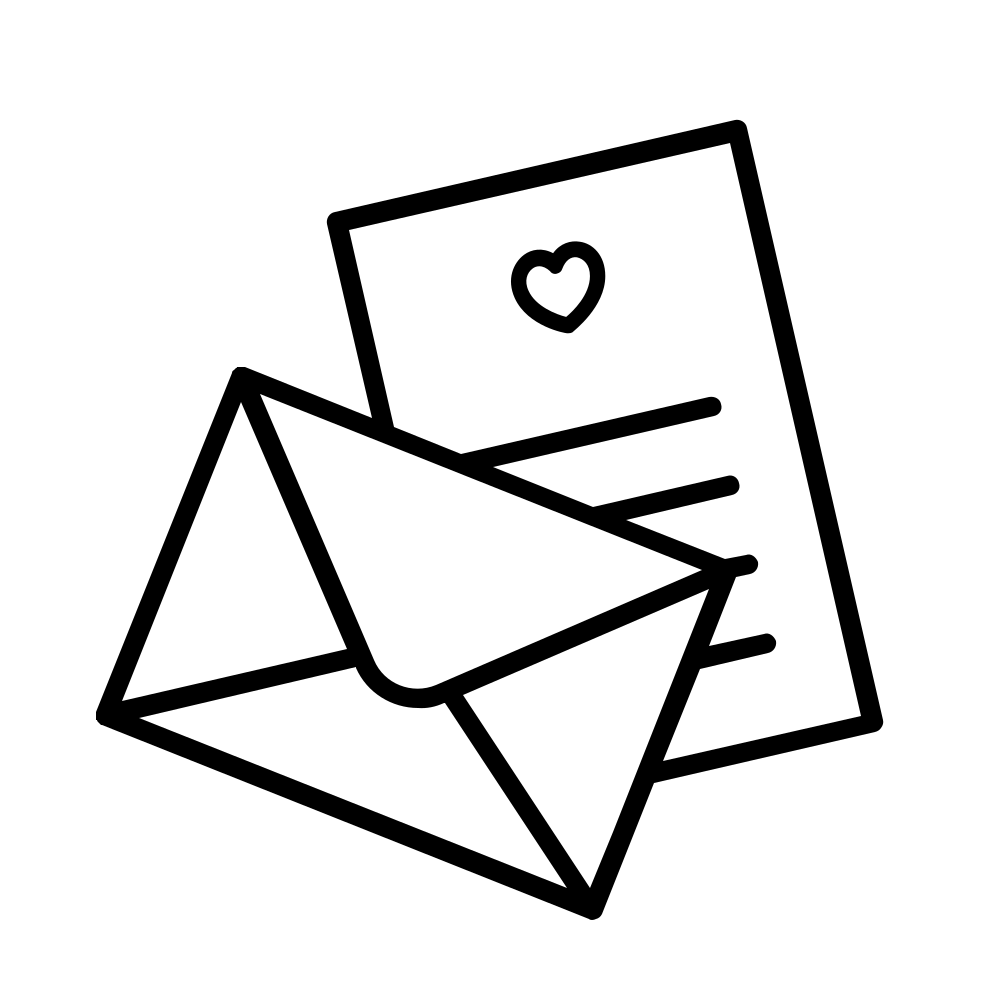Starting with two great examples of marketing through curiosity (the Hot Wheels mystery car and California Pizza Kitchen’s Don’t Open It thank you card), Stephen Anderson looks at how you can use ‘information gaps’ to drive curiosity and then interaction with your customers.
Information can be presented in a manner that is straightforward or curious. If we opt for the latter, we are guaranteed not only attention, but likely higher engagement as well—curiosity demands we know more! What was known information (a simple coupon or another toy car option) that might have been ignored has been converted into something unknown, something mysterious, something that demands resolution.
The article goes on to discuss George Loewenstein and his information-gap theory before offering some advice on inciting curiosity in your product:
If you want to make someone curious, make them aware of something they don’t know. Find that information you can use to tease people. Chances are, you’re either withholding all the specific information or giving it all away. To get attention and engage the senses, look for ways to turn these direct messages into a quest to be completed.
It’s no surprise that curiosity can be a powerful tool, as some recent research is suggesting that information is as much a reward as thirst, neurologically speaking.
Dopamine neurons are thought to be involved in learning about rewards – by adjusting the connections between other neurons, they “teach” the brain to seek basic rewards like food and water. Bromberg-Martin and Hikosaka think that these neurons also teach the brain to seek out information so that their activity becomes a sort of “common currency” that governs both basic needs and a quest for knowledge.
via @bfchirpy
